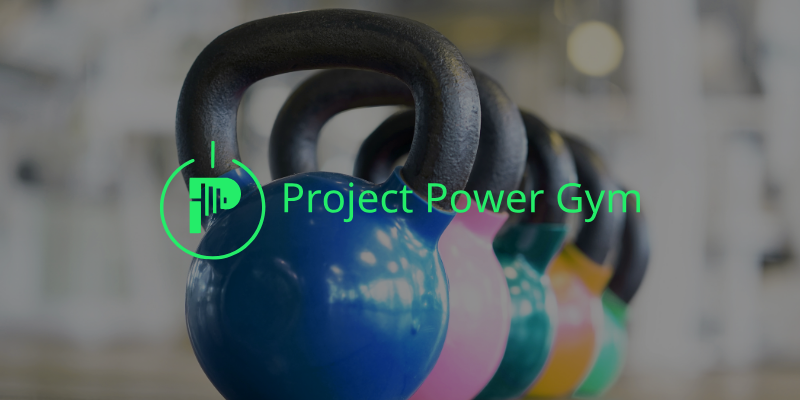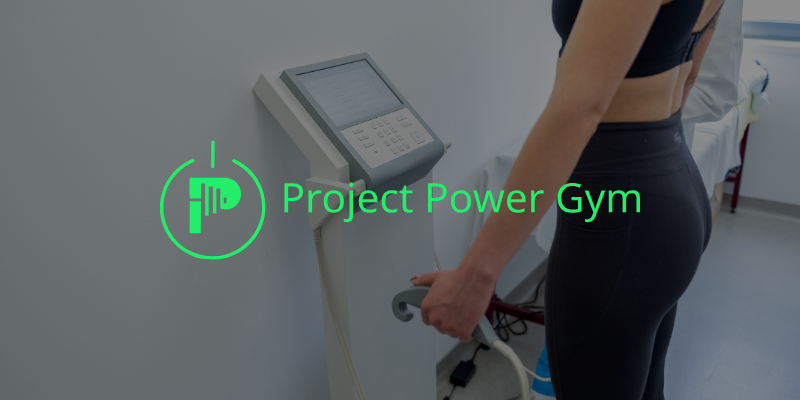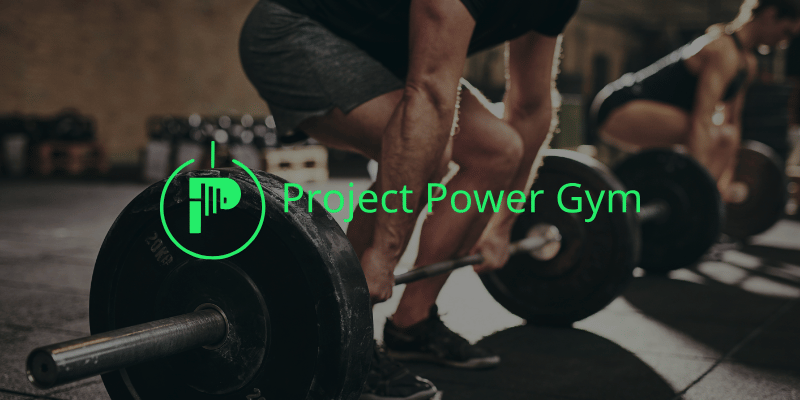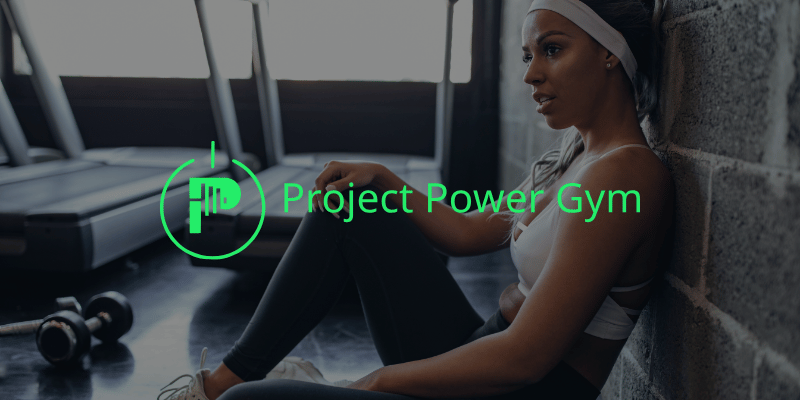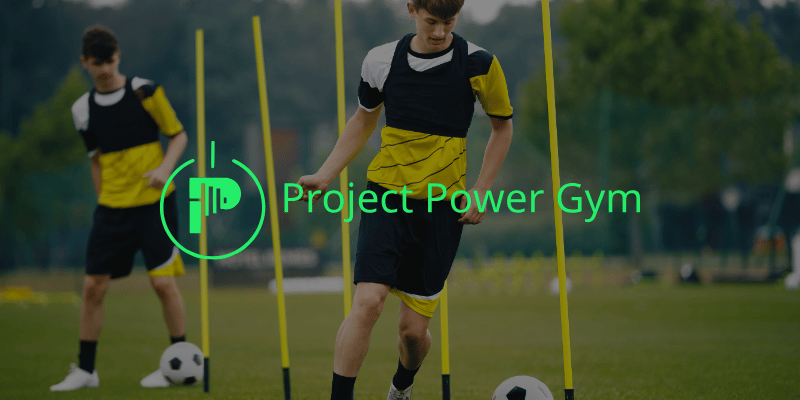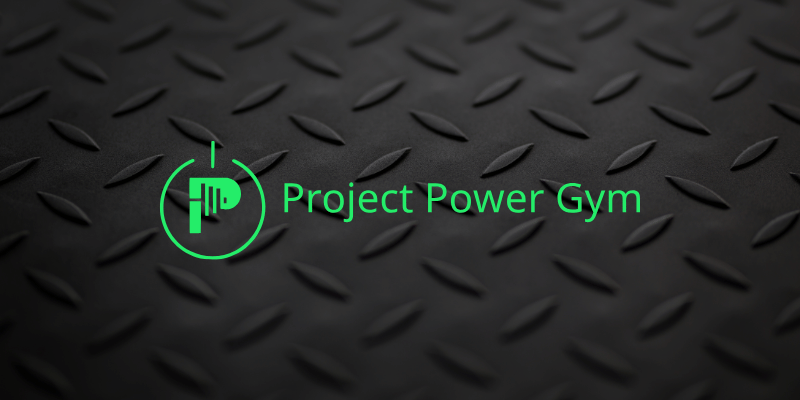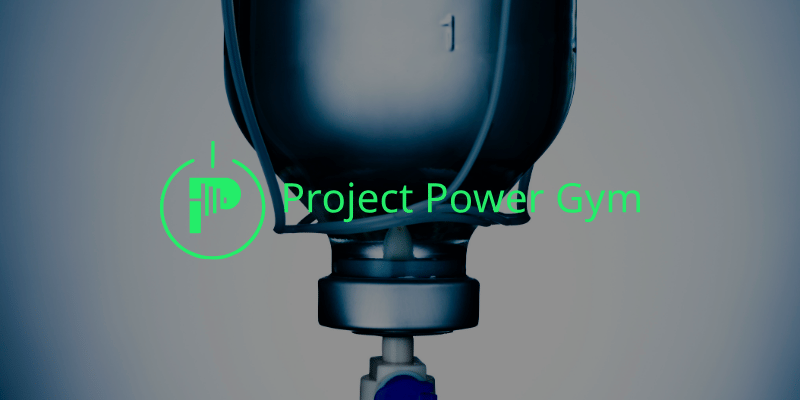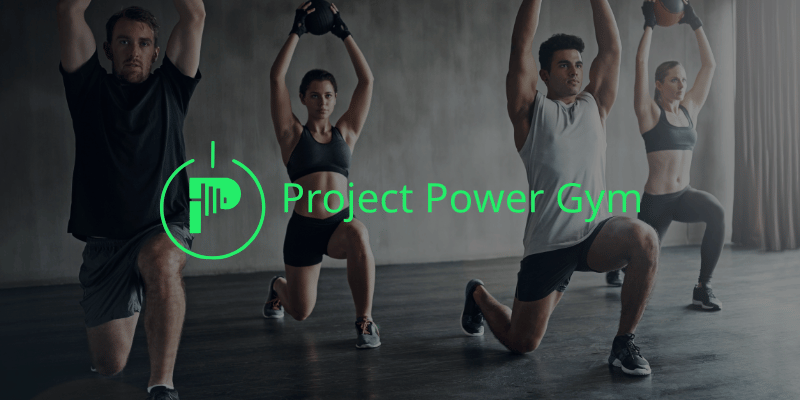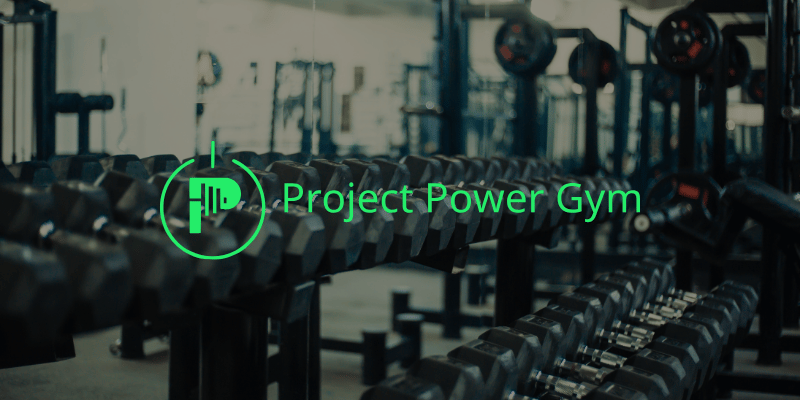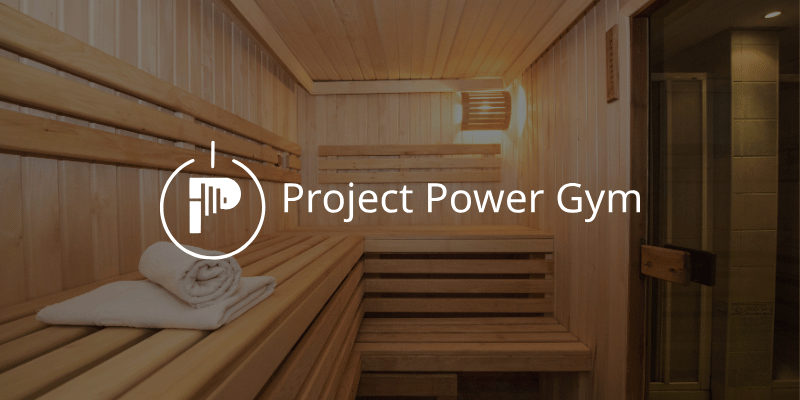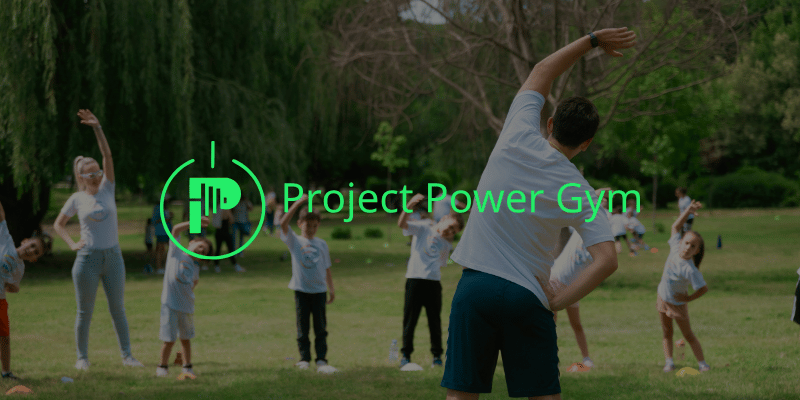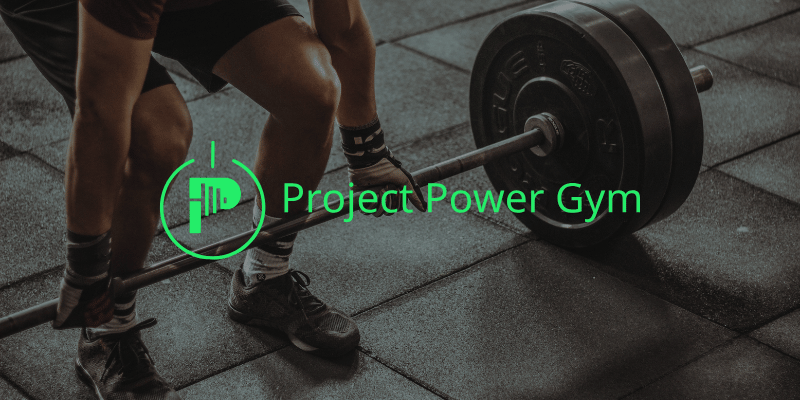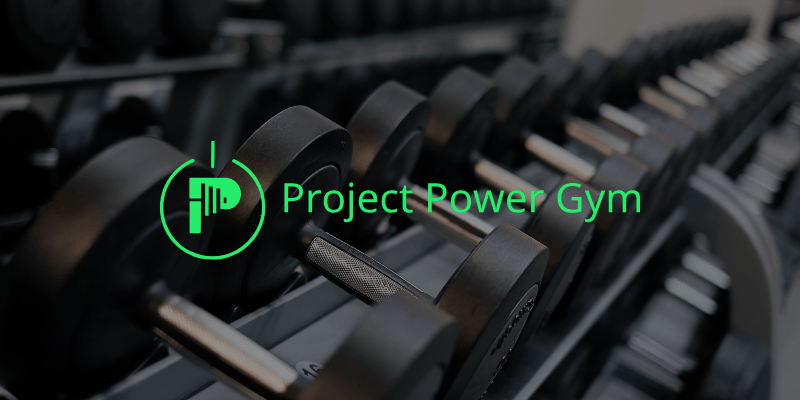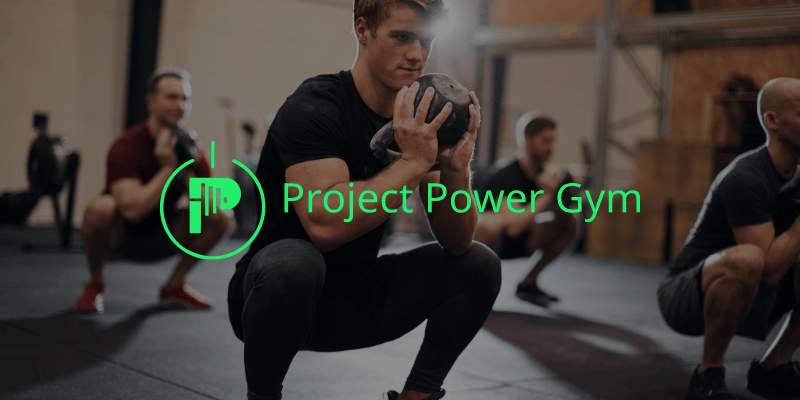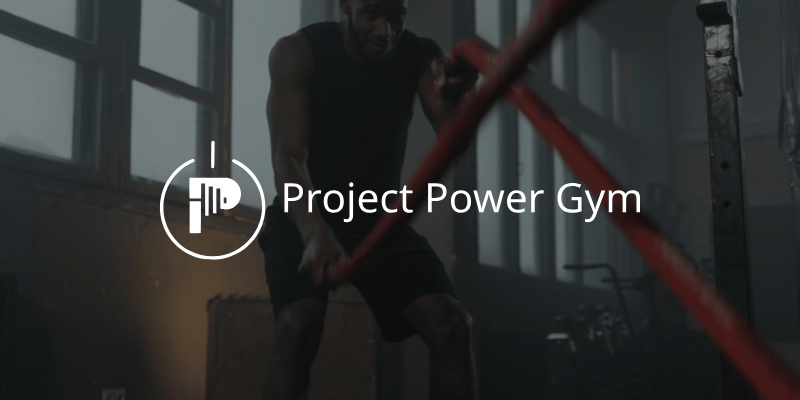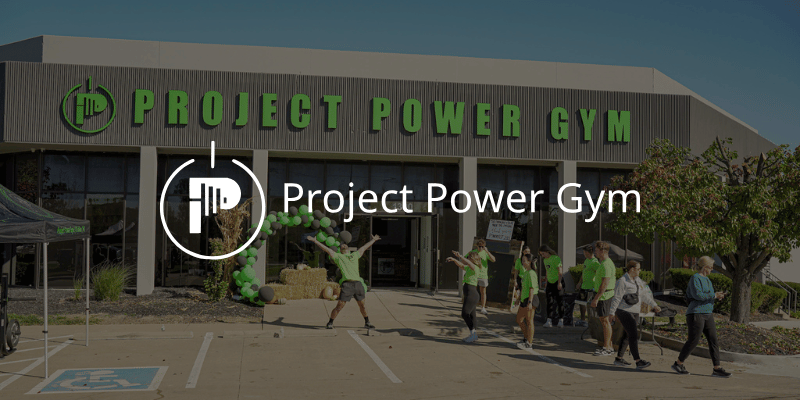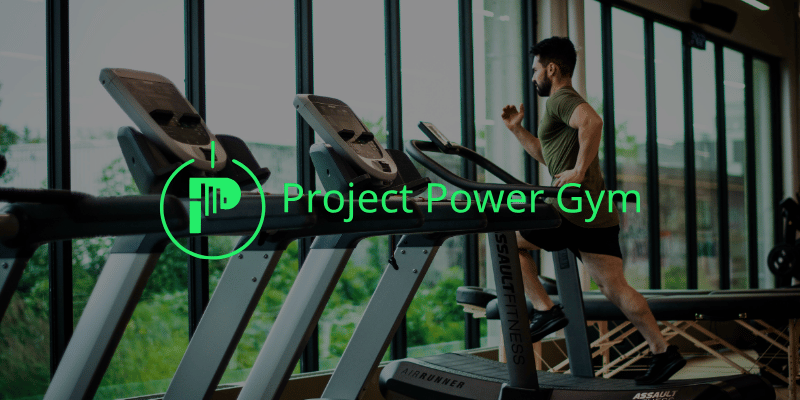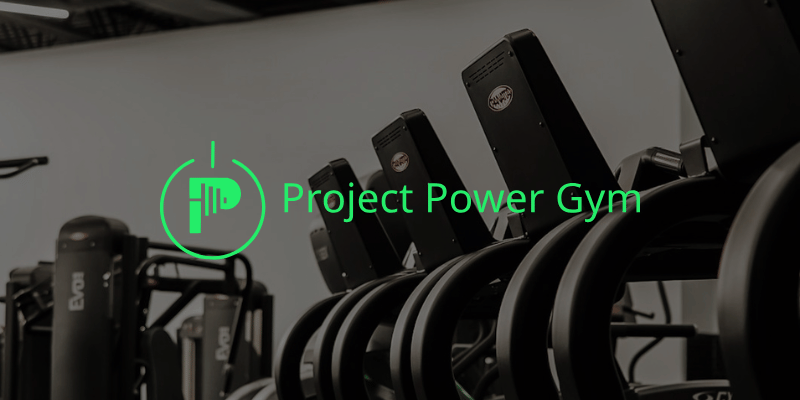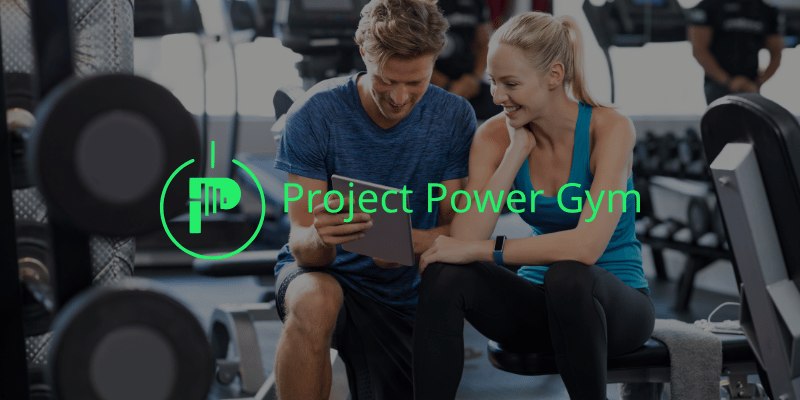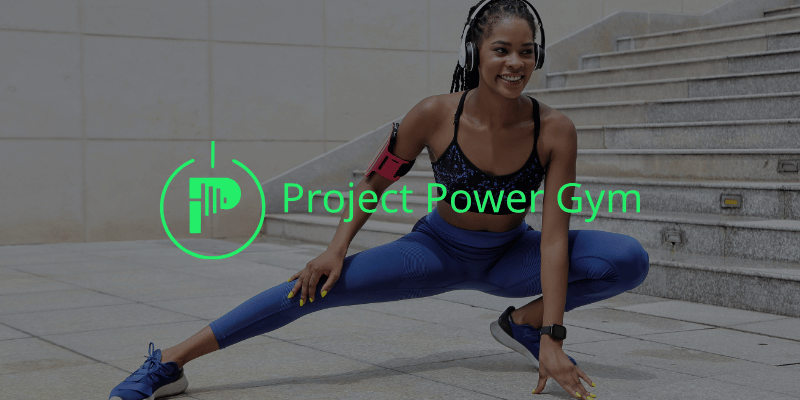
Mobility Made Simple: Daily Stretch Routines to Undo Desk-Job Stiffness
Introduction
Eight or more hours at a computer can turn every meeting into a new knot in your shoulders. O’Fallon professionals tell us stiff hips, tight lower backs, and aching necks are the biggest obstacles to consistent training at Project Power Gym (PPG). The good news: ten focused minutes of daily mobility work can reverse the damage and unlock pain-free movement for workouts and everyday life.
Why Desk Work Locks Up Your Body
Sitting shortens the hip flexors, rounds the upper back, and teaches your glutes to switch off. Blood flow slows in the ankles and calves, and the spine loses its natural curve. Over time this creates:
- Reduced range of motion in squats and lunges
- Shoulder impingement during overhead presses
- Chronic low-back tension that steals power on deadlifts
- Extra fatigue during cardio because breathing muscles tighten
Research from the Journal of Physical Therapy Science shows that breaking up sitting with mobility drills not only eases pain but also improves strength output by up to 11 percent.
The Science Behind Mobility Gains
Mobility is the combination of joint range and muscular control. Static stretching helps lengthen tissue, while dynamic movements teach the nervous system to use that new length. Add controlled breathing, and you drop sympathetic (fight-or-flight) tone so muscles can relax. This three-part recipe is what turns a stiff desk body into a supple athlete.
Warm-Up Principles Before You Stretch
- Elevate core temperature: March in place, jump rope, or walk the office stairs for one minute.
- Prime breathing: Inhale through the nose for four counts, exhale for six. Two cycles calm the nervous system.
- Focus attention: Mentally scan from head to toe, noting tight spots you want to target.
Skip these steps and stretches feel uncomfortable, leading to poor form and limited benefit.
The Ten-Minute Daily Mobility Circuit
Perform this sequence once per day, ideally after waking or before your workout at PPG. Hold each static position for 30 seconds and cycle through twice.
1. Standing Neck Slides
Keeping your spine tall, slide your head forward then glide it back so ears align over shoulders. This resets forward-head posture common when staring at dual monitors.
2. Shoulder Opener with Broomstick
Grip a dowel wider than shoulder width. Raise it overhead and behind until you feel a mild chest stretch, then return. Move slowly. Eight repetitions prime pressing mechanics.
3. Half-Kneeling Hip Flexor Stretch
Place your right knee on the floor, left foot forward. Squeeze the right glute and gently shift weight forward until you feel the front hip open. Switch sides. Activate, don’t just hang on the joints.
4. 90/90 Hip Rotations
Sit with both knees bent at 90 degrees, one leg in front, the other to the side. Rotate knees together to the opposite side without using your hands. Six reps each way wake up dormant glutes.
5. Cat–Cow Spinal Waves
On hands and knees, arch the back upward like a stretching cat, then dip the belly to create spinal extension. Ten controlled waves lubricate every vertebra.
6. World’s Greatest Lunge
Step forward into a deep lunge, drop back knee, place opposite elbow inside front foot, and reach the same-side hand toward the ceiling. Three slow reps per side open hips, thoracic spine, and shoulders in one move.
7. Ankle Rock Backs
Kneel with left foot forward and rock the knee past toes while keeping heel down. Ten reps each ankle improve squat depth and running mechanics.
8. Prone Snow Angels
Lie face-down, arms at sides. Lift hands and glide them overhead like making a snow angel without touching the floor. Eight reps strengthen mid-back muscles that fight hunching.
Progression Tips
- Press gently into end ranges rather than forcing positions.
- Pair movements with slow nasal breathing to reduce tension.
- Add a lightweight resistance band to shoulder and ankle drills for extra activation once positions feel easy.
Five-Minute Desk Breaks to Maintain Gains
O’Fallon members who sit long hours find success setting a timer every 55 minutes. When it rings, stand and perform:
- Ten standing glute squeezes
- Ten desk push-ups
- Thirty-second doorway chest stretch
- Ten chair squats
Two break rounds during the workday keep tissue warm so the evening mobility circuit feels smoother.
Lifestyle Factors That Supercharge Flexibility
Hydration: Aim for half your body weight in ounces. Dehydrated fascia sticks like Velcro.
Sleep: Seven to nine hours lets muscles repair and lengthen.
Stress management: High cortisol tightens soft tissue. A five-minute breathing app session lowers tone quickly.
Nutrition: Collagen-rich foods like bone broth support connective tissue elasticity.
Local Resources for Extra Support
- O’Fallon Sports Park Trails offer soft-surface walking loops ideal for movement snacks.
- Float STL in nearby St. Charles provides magnesium-rich float sessions that relax fascia.
- Mid Rivers Chiropractic screens joint alignment for persistent mobility issues.
Bringing It All Together
Consistency matters more than complexity. Commit to ten minutes of focused mobility each day, sprinkle in short desk breaks, and address lifestyle basics. Within two weeks you will notice deeper squats, easier overhead presses, and fewer after-work aches. Your workouts at Project Power Gym will feel smoother, and everyday tasks like playing with the kids or unloading groceries will demand less effort.
Next Step
Ready to tailor mobility to your exact needs? Our coaches at Project Power Gym provide personalized assessments and corrective plans that fit busy schedules. Book your complimentary movement screen today and take the first step toward pain-free performance.

